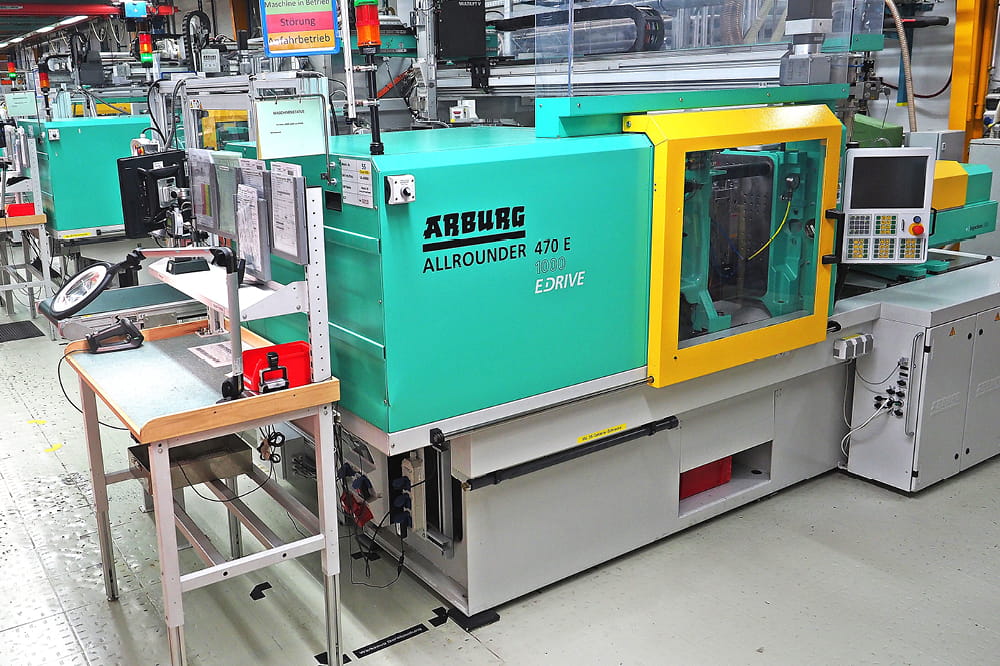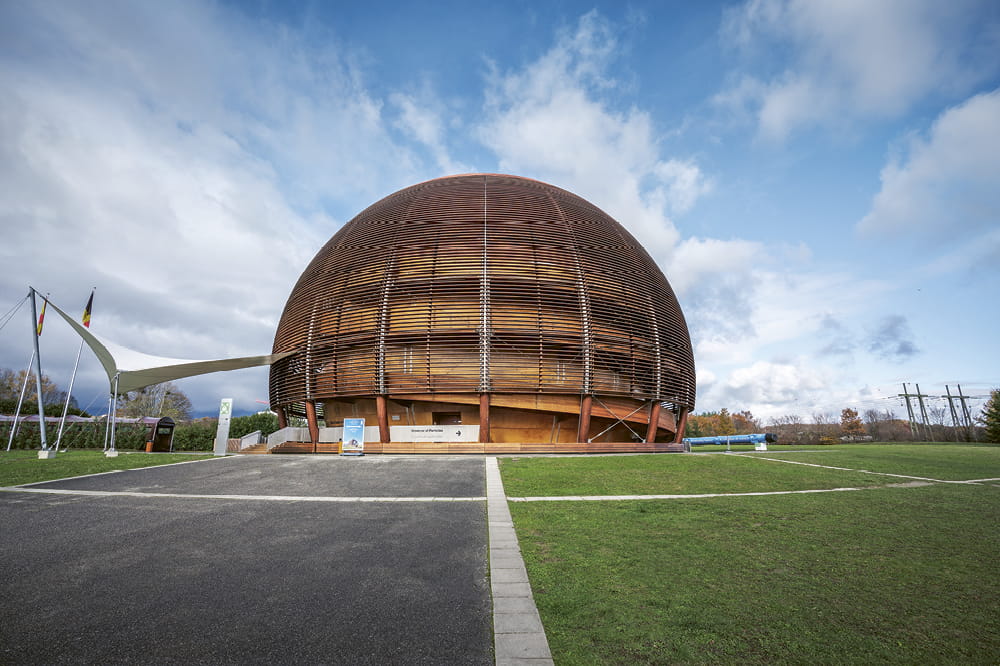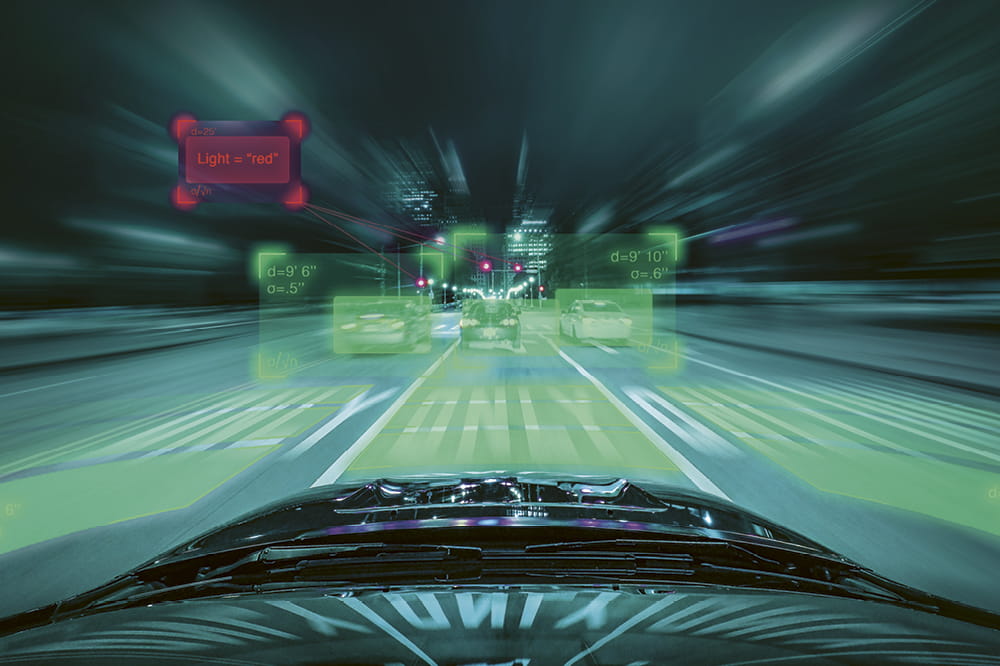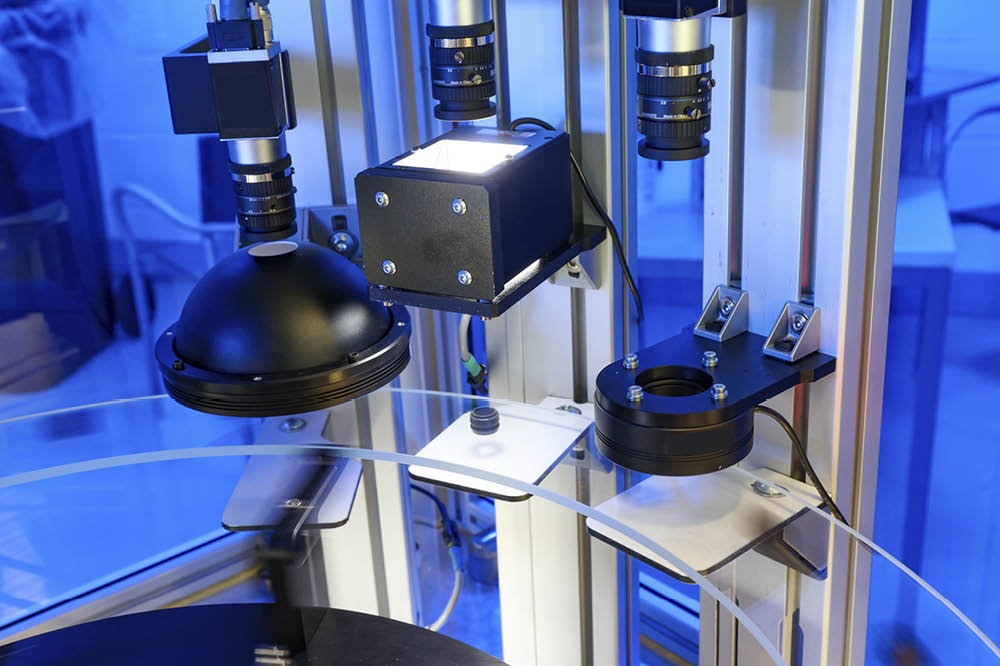Obtain news and background information about sealing technology, get in touch with innovative products – subscribe to the free e-mail newsletter.
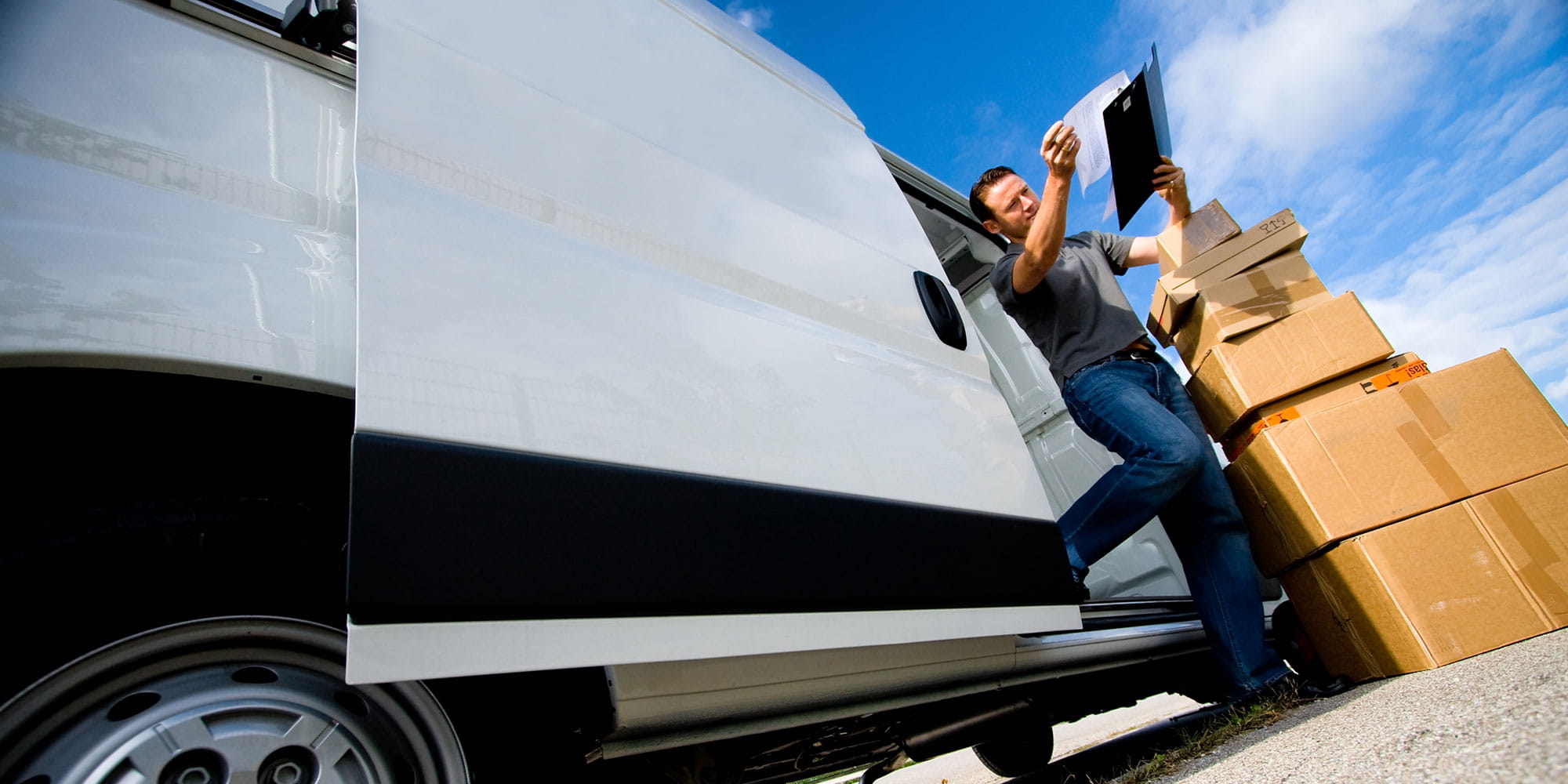
The Challenging Last Mile
Not so long ago, postal services mainly delivered letters. Today the share of package shipments has grown enormously. In no small measure, this is due to the fact that goods are frequently ordered online. Yet this leads to difficulties, especially in major metropolitan areas. Delivery services are increasingly driving into cities and then leaving without finishing the job – they are unable to find the addressees. Digital solutions may be a way to solve the problem.
It seems like an attempt to do the impossible. How can the flood of packages be brought under control in metropolitan areas? In environments dominated by high traffic volumes, where the air is polluted, where the recipients prefer to take delivery of their orders personally and as quickly as possible, and where the carriers are exposed to high stress, in some cases because the recipient cannot be located.
Improved Interaction between Customer and Delivery Agent
There are already solutions for each of these issues. For example, package services have an answer for situations where they can’t reach the recipient: They resort to collection stations or package shops where the goods can be picked up. That certainly saves them a few wasted trips, but it annoys customers who often would like to take delivery of packages themselves. One form of accommodation is to use a process or apps in which the recipients can indicate where or with whom the packages should be delivered if they are not around. In the case of some carriers, customers can now change the drop-off location for the delivery once it’s underway. Thanks to Big Data, the delivery services are learning a few tricks from their interactions with customers. For example, they will be able to steadily improve their forecasts as to when and where packages can be delivered the most reliably.
From Uber Deliveries to Drop-offs in Cars
Even the recipients’ cars have become potential drop-off points. In a test in large German cities, the carriers dropped the orders off in the trunks of the customers’ cars. They had previously indicated where their vehicle would be parked during a particular timeframe. The package service made the delivery during this period, depositing it in the trunk; the delivery person was able to open it by app on a onetime basis. In the U.S., Uber has had a good experience offering its services to retailers. For example, bakers and florists can contact Uber drivers available in their vicinity and have them make small express shipments. Amazon has reportedly sent trucks on the road based on anticipatory logistics – they carry goods that presumably will be ordered soon in a particular area, an approach that could put the company at the very apex of the fast-delivery benchmark.
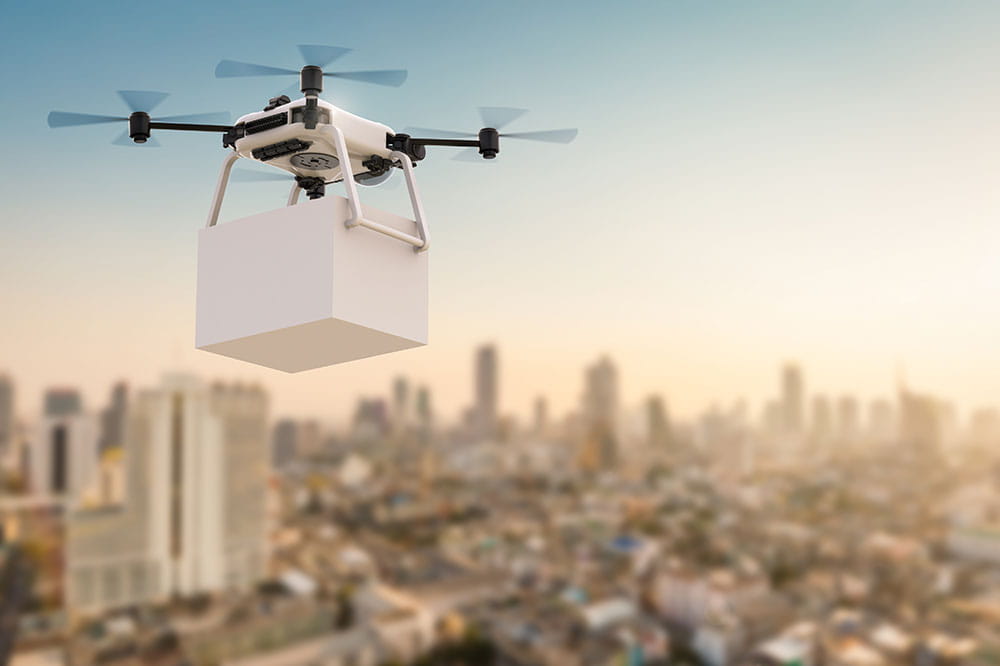
Drones as a Cure-all?
If goal is to provide more relief in high-traffic situations, different solutions would be needed. Drones are an option that operates independently of the road network. They would be unbeatable in terms of speed. But the alternative is raising more questions than outright endorsements. What are the safety issues? Where are drones supposed to land in densely populated areas? And what would the expected volume be? For example, if the deliveries in a metropolis like Berlin with 3.5 million people were transferred into the air, the result would be 240,000 flights…per day. For starters, even if only one-tenth of the packages were sent through the air, drone deliveries appear to be an enormously challenging and potentially annoying form of shipment.
Digital Route Planning and Delivery Robots
A number of services are taking another approach: supporting their drivers with digital and self-learning route planning. With their help, drivers unfamiliar with an area are expected to always head in the right direction, and every driver is supposed to reach his destination quickly. With this in mind, every piece of information, such as the expected traffic volume and current traffic delays, that can be collected is taken into account. And then, to compute the best possible route, the time window for the delivery and trip-specific factors such as the type of delivery vehicle are considered. In addition, autonomous vehicles could completely do without drivers during the last mile. A start-up from the Baltic states has developed a robot that delivers packages on its own. The six-wheel robot, which is equipped with numerous sensors and cameras, can be opened with an app, and it independently sounds an alarm if it is abused. Its ability to handle returns and deliveries was tested in a district of London. The testing staff ran alongside the robots during the pilot program. But there seems to be an opportunity to handle returns without human assistance once the system is fully mature.
All these examples show that digitalization is addressing the challenges posed by the last mile. But a single, ideal approach has not emerged. The answer: the optimal mix of the various developments. Follow our reporting on digitalization over the next few months and in our customer magazine ESSENTIAL, which is due out in May.
More Stories About Digitalization

